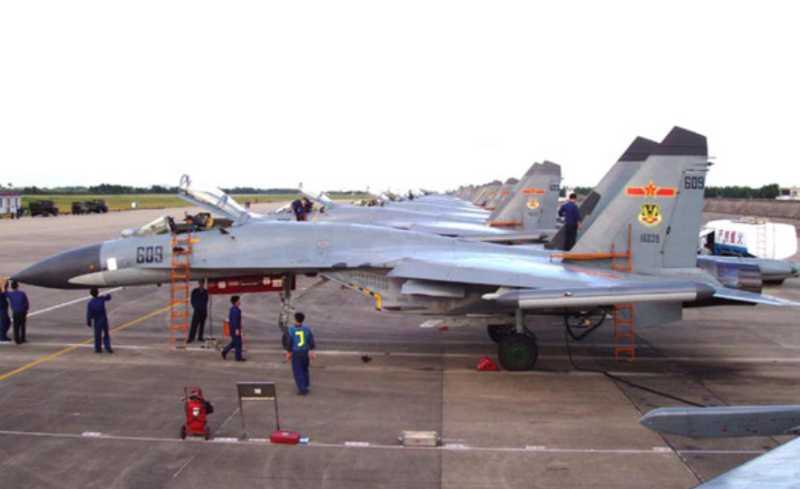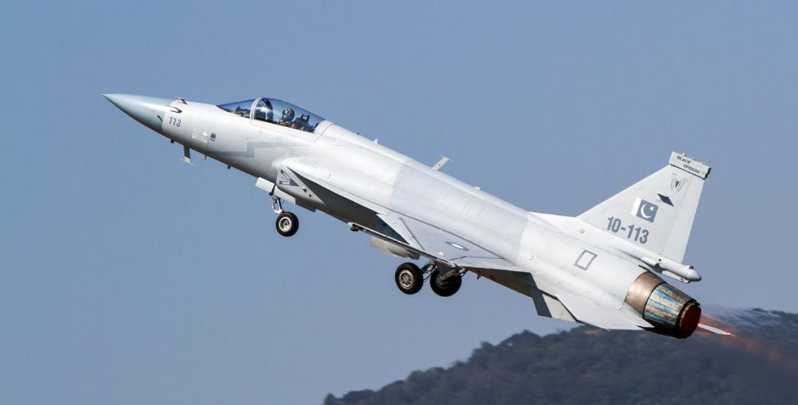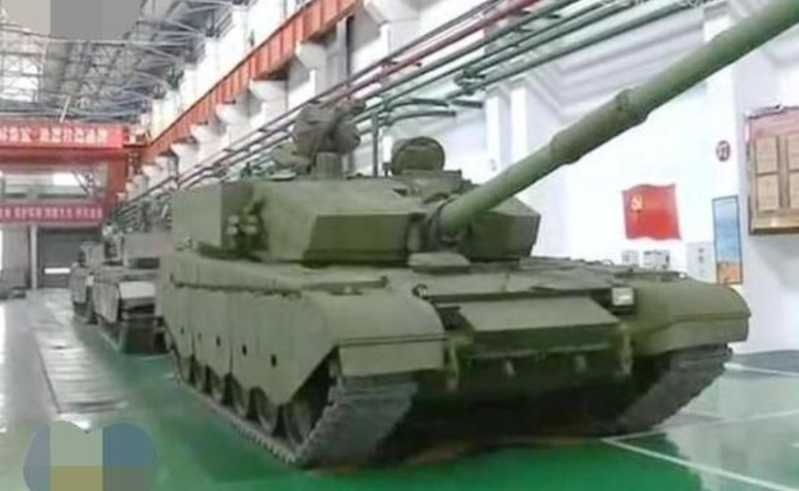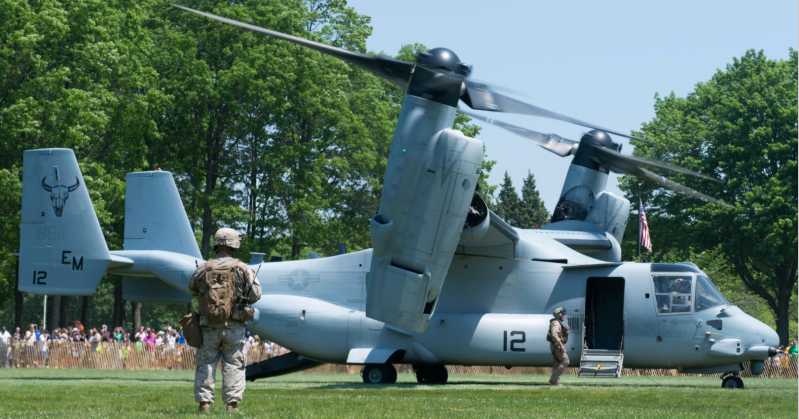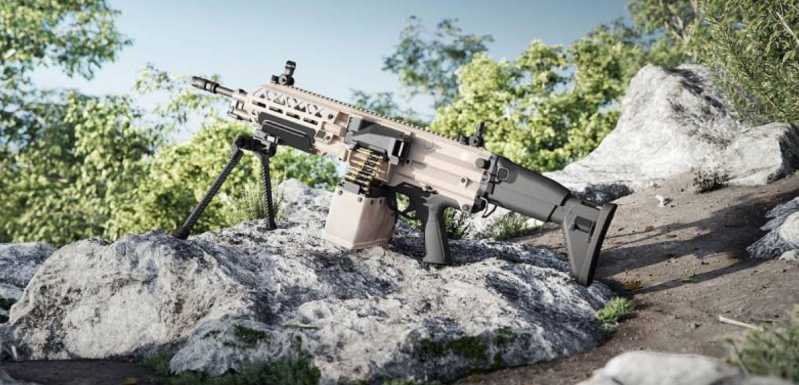On February 20, local time, the Singapore Air Show opened at the Changi Exhibition Center, with two C919 and three ARJ21 aircraft of COMAC participating in the exhibition. C919 performed its first flight show over Singapore at about 1 pm on the opening day. As the only single-aisle mainline passenger aircraft to perform a flight show at this air show, C919 is also the first commercial aircraft to conduct a real flight exercise among all the participating aircraft. In addition, one of the three domestically produced jet regional aircraft ARJ21 exhibited with C919 also performed a flight show.
During the flight show, C919 completed multiple subjects in the air, including low-speed pass-through flight, low-altitude small-angle turns, climbs, and circling circles, focusing on advanced avionics systems and automated flight capabilities, while also demonstrating excellent safety performance, including flight control processing capabilities and system redundancy in emergency situations.
From the flight performance, the C919 is in excellent condition, with a very stable flight attitude. It has demonstrated good controllability and stability in turning, circling, rapid ascent and descent. Especially in low-altitude flight, the C919’s excellent low-altitude flight and precise control advantages are fully demonstrated. In addition, the engine used is Safran Group’s LEAP-1C, which has relatively mature performance. Its noise control, economy and fuel efficiency are at a high international level.
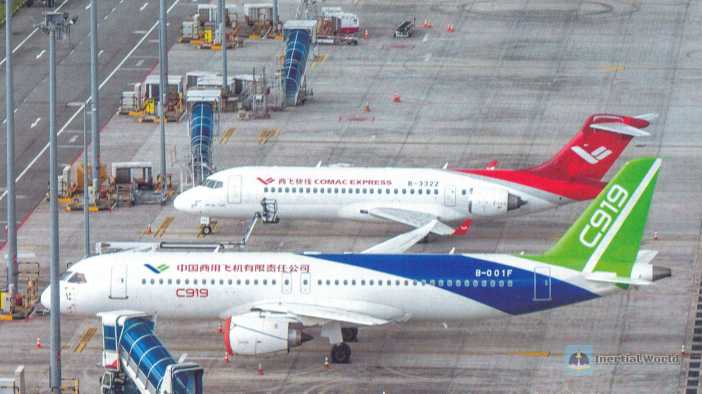
The main story of this air show
At this Singapore Air Show, China’s mainline large aircraft C919 and regional aircraft ARJ21 not only performed wonderful flight performances, but also performed static displays with real aircraft. The C919 passenger aircraft in the outdoor static display area was full of spectators taking photos and checking in under the wings, next to the wheels, and in front of the nose. Relevant foreign professional organizations called the C919 "the most watched aircraft", "one of the most anticipated highlights" and "a milestone in a sense" at the air show. Koh Kai-lin, executive vice president of the Singapore Economic Development Board, said that the participation of Chinese companies in this air show is a positive and encouraging signal. CNN in the United States called it a prominent sign of the "Made in China" strategy, while Indian media believed that the international aviation industry has been in a low ebb in the past few years, and the display of C919 came at the right time, which not only shows the recovery of the aviation industry, but also shows China’s influence on the international aviation market. Hick, regional manager of Singapore EDS Aviation, said that he participated in the Singapore Air Show just to see the C919 large aircraft made in China. After the on-site observation, he was deeply shocked and believed that "China’s intelligent manufacturing level has reached a new level, and this exquisitely crafted Chinese aircraft is the best embodiment of this." As a "pearl of modern manufacturing", the development of large passenger aircraft involves a large number of precision parts, which cannot be achieved by the strength of only one country or enterprise. The parts suppliers of C919 include world-renowned companies such as General Electric and Honeywell in the United States. International suppliers benefit from the success of C919 and share this pride. Xu Jun, president of Honeywell Aerospace Asia Pacific, said: "Honeywell is not only a witness and companion of the development of China’s aviation industry, but also a participant and contributor. The development of China’s aviation industry has attracted worldwide attention, and we are full of confidence in the future. We also hope that C919 will sell better and better."
C919 is also regarded by some as the living water of the world’s aviation industry. The appearance of C919 was called "the main story line of this air show" by international aviation industry observers. C919 flew out of the country, breaking the situation of either "A" (Airbus) or "B" (Boeing), and providing "C" (Comac) options for airlines from all countries.
It is inevitable that China’s large aircraft will sell better and better. On the first day of the air show alone, Tibet Airlines signed an order with Comac for 40 C919 high-altitude aircraft and 10 ARJ21 high-altitude aircraft, and Henan Aviation Investment signed an order for 6 ARJ21 derivative models. Since the successful completion of its first commercial flight in May last year, four passenger aircraft have been delivered so far, safely transporting more than 110,000 passengers. At present, the orders for C919 have exceeded 1,000, and there are also intention orders from overseas. The C919 actively participated in the Singapore Air Show this time and welcomed the inspection from the eyes of the world. It is not only a self-confidence in its own strength and technical performance, but also a reflection of its desire to actively participate in international market competition. As reported by the Eurasia Times, the international aviation industry has been experiencing a recession in the past few years. The overseas debut of C919 not only points to the recovery of the aviation industry, but also shows China’s influence on the international aviation market.
“Highland Model” Demonstrates the Strength of China’s Large Aircraft
It is worth noting that at this Singapore Air Show, the orders of Tibet Airlines and COMAC are both for C919 "highland model" aircraft. These three words seem ordinary, but they show the extraordinary strength of China’s civil aviation.
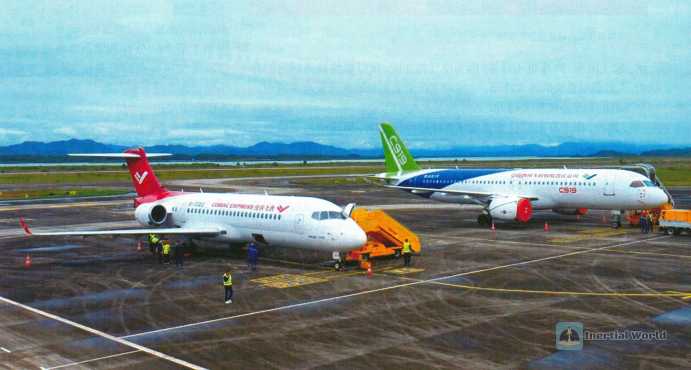
According to the relevant regulations of the Civil Aviation Administration, airports built in areas above 1,500 meters above sea level are called "plateau airports", and those above 2,438 meters above sea level are called "high plateau airports". For civil aviation flights, take-off and landing at high plateau airports have always been a huge challenge. Although the flight altitude of aircraft is often around 10,000 meters, the airport altitude of two or three thousand meters seems to be nothing compared to it, but for aircraft take-off and landing, this altitude of two or three thousand meters is not a trivial matter. As the thickness and density of the atmosphere decrease with increasing altitude, the air becomes thinner. For aircraft, air density is one of the key factors that determine its lift. Thin air causes the lift that the wing can provide to become smaller, which means that the aircraft needs to generate enough lift at a higher speed.
For the aircraft engine, thin air means less oxygen and a decrease in engine thrust, which makes the aircraft power decrease and requires a longer runway to achieve a higher speed. Therefore, high-altitude airports often require longer runways to allow aircraft to achieve higher speeds when power is reduced, and also place higher requirements on aircraft performance. Takeoff is difficult, and landing is not easy. Because the air density is low, in order to maintain lift during landing, the aircraft must land at a faster speed, which requires a longer runway length to slow down, and is also a severe test for the aircraft’s braking system and pilot operation.
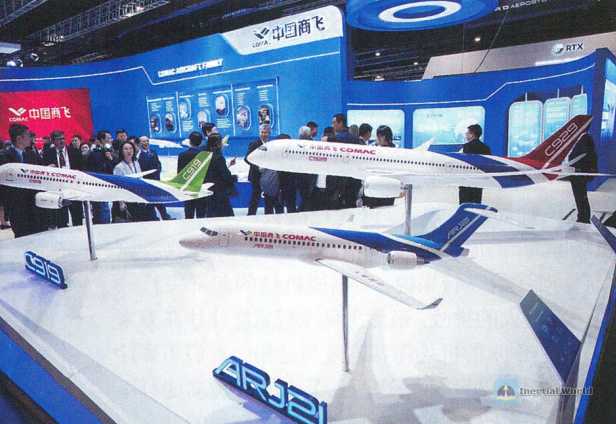
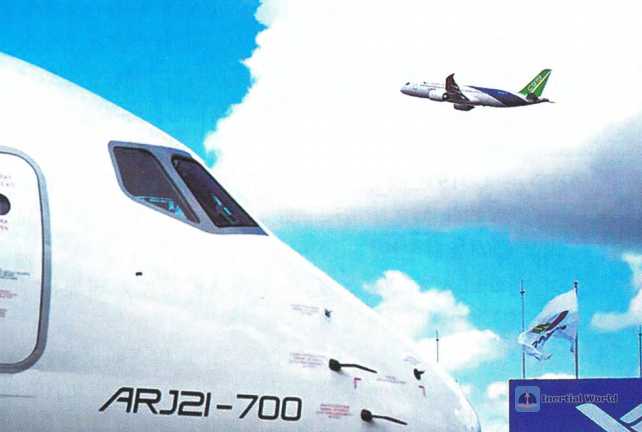
In addition, since most high-altitude airports are located in sparsely populated areas, higher requirements are placed on the navigation system and communication system. Therefore, on aircraft that perform high-altitude flights, the configuration of the navigation system and communication system is often pulled to the top, and the RNP-AR navigation system and satellite communication system often become standard. Moreover, high-altitude airports often have complex terrain and changeable weather conditions, which have extremely high requirements for the aircraft’s avionics system. Every takeoff and landing is a challenge for pilots, so high-altitude flights often have a high-level crew of three. Therefore, pilots performing high-altitude airport flights often have a high-level crew of three. Aircraft often need to have the following characteristics: powerful power, excellent flight performance, the most advanced avionics equipment and experienced crew, and powerful power is the most critical.
Therefore, the Civil Aviation Administration has always strictly reviewed the construction and operation of high-altitude airports, and the selection of aircraft has almost reached the level of nitpicking. So much so that before this, the world civil aviation recognized that there was no "Made in China" in this part of the aircraft. In the past, there were basically only three types of aircraft that were capable of flying on high-altitude routes: Airbus A319, Airbus A330 and Boeing 737-700.
C919 originally had excellent flight performance. During the test flight, the standard C919 flew over the high-altitude airport. Tests are conducted. But being able to fly to the plateau and operating commercial routes to the plateau are two different things. The standard C919 (168 seats) must sacrifice its capacity when flying on plateau routes. It cannot fly with full passengers, has a low occupancy rate and poor economic benefits, and has to pay a lot of structural deadweight costs.
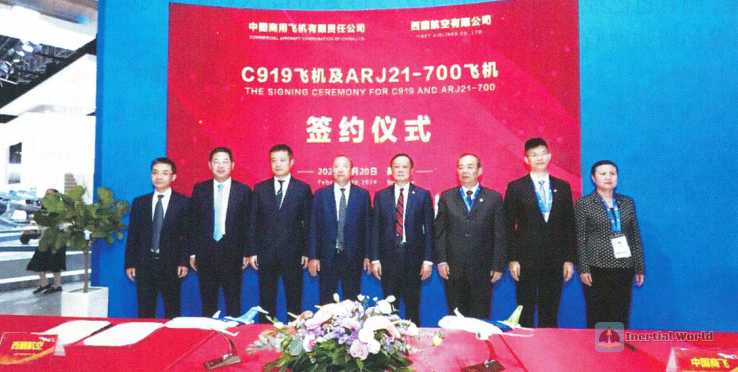
In fact, as early as when the C919 project was established, a family design was adopted. In addition to the standard C919, there are also extended and shortened versions. The path taken by the plateau version of the C919 is to shorten the fuselage length of the C919 to obtain a shortened C919 to operate on plateau routes without changing the engine. This is the most economical and mature method, and it is also the most efficient.
The plateau version of C919 is not only shortened, but also has to be further modified for plateau flight compared to the basic version. For example, it provides at least 60 minutes of emergency oxygen supply, as well as the advanced navigation systems (such as RNPAR), satellite communication systems and ADS-B equipment mentioned above, which are required for plateau flight, or are standard equipment of C919 or optional equipment. The high-performance avionics system brought by the high starting point of C919 allows it to easily cope with the matters required for plateau flight. After installing all the optional equipment, the "top-of-the-line" C919 plateau version can easily cope with even the worst plateau airport environment. In other words, the advanced performance of the standard C919 ensures that its flight performance lower limit is high enough, while the optimization and advanced avionics equipment unique to the plateau version maximize its upper limit during plateau flight.
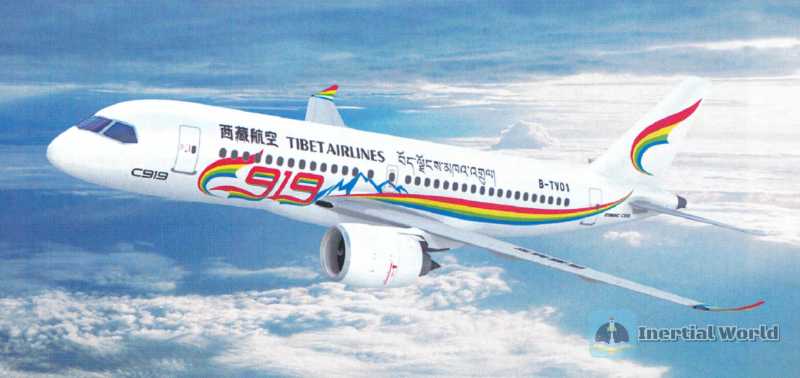
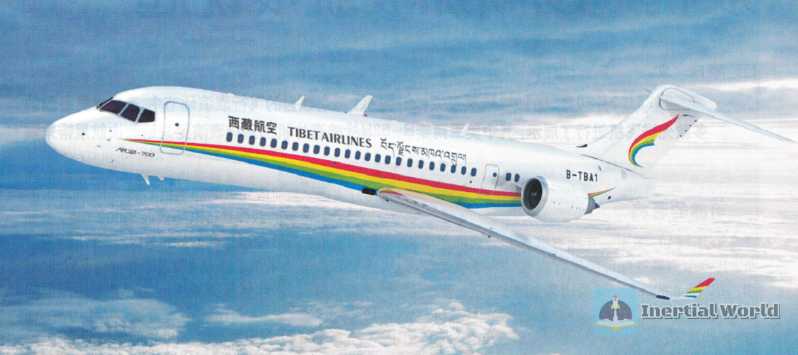
Currently, the C919 highland aircraft has a good business prospect. This is not only in my country due to its vast and complex terrain, but also in the international market, where there is a demand for highland aircraft, most of which are from South American countries. For South American countries, if there is another choice besides Airbus A319, it is undoubtedly a good thing - even if they do not choose the C919 highland model in the end, the existence of the C919 highland model as a competitor will enable them to gain more advantages in negotiations with Airbus. As the most widely used and most potential single-aisle trunk aircraft in the world, the C919 undoubtedly has great family potential and development space for various modifications. In addition to the highland model, we can also see the extended and long-range models in the future. The birth of various derivative models will greatly enrich the product line of C919 and give domestic and foreign airlines more choices. I believe that in the future we will see more and more C919s active in our country and around the world, and China’s large aircraft will soar in the sky at all times.
Related reading
- 国产大飞机海外首秀:中国商飞C919和ARJ21飞行展示
- 从美军B-52H战略轰炸机双机通场新加坡航展说起
- 近距离观察F-35A隐形战斗机
- 近观新加坡F-15SG战斗机
- 我进入了F-16D的座舱
- 新加坡航展上的萨博“鹰狮”JAS-39战斗机
- 我当上了苏-30的飞行员--苏-30MKM战机前的超强体验
- 中国的“老朋友”--来自冲绳的P-8A反潜巡逻机
- 又见C-17运输机
- 首次亮相新加坡航展的直-10ME
- 公开展示的“阿帕奇”武装直升机
- 静态展示的CH-47F“支努干”重型运输直升机
- KC-135下的漫步,不得不说的硬管加油装置
- 细看新加坡“紫菀”-30防空导弹
- 先进机型齐亮相---新加坡航展上的中航展台
- 混动装甲战车--新加坡“特雷克斯s5”轮式装甲车管窥
- 2024年新加坡航空展室内展台参观记




